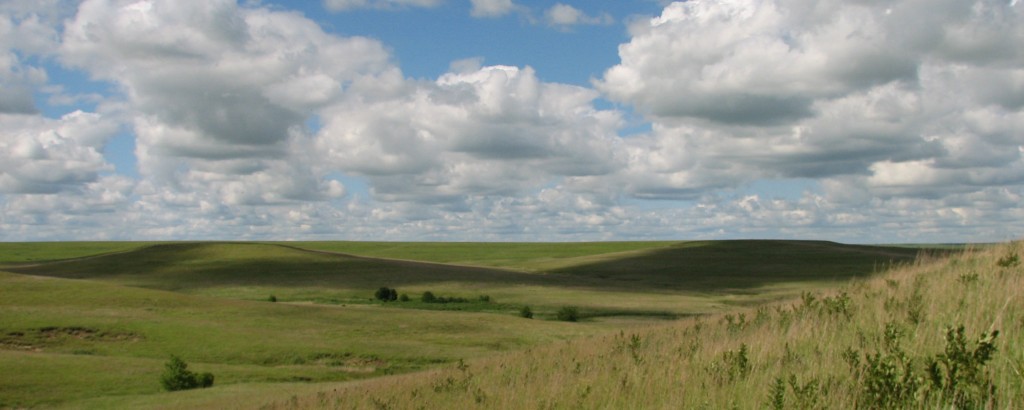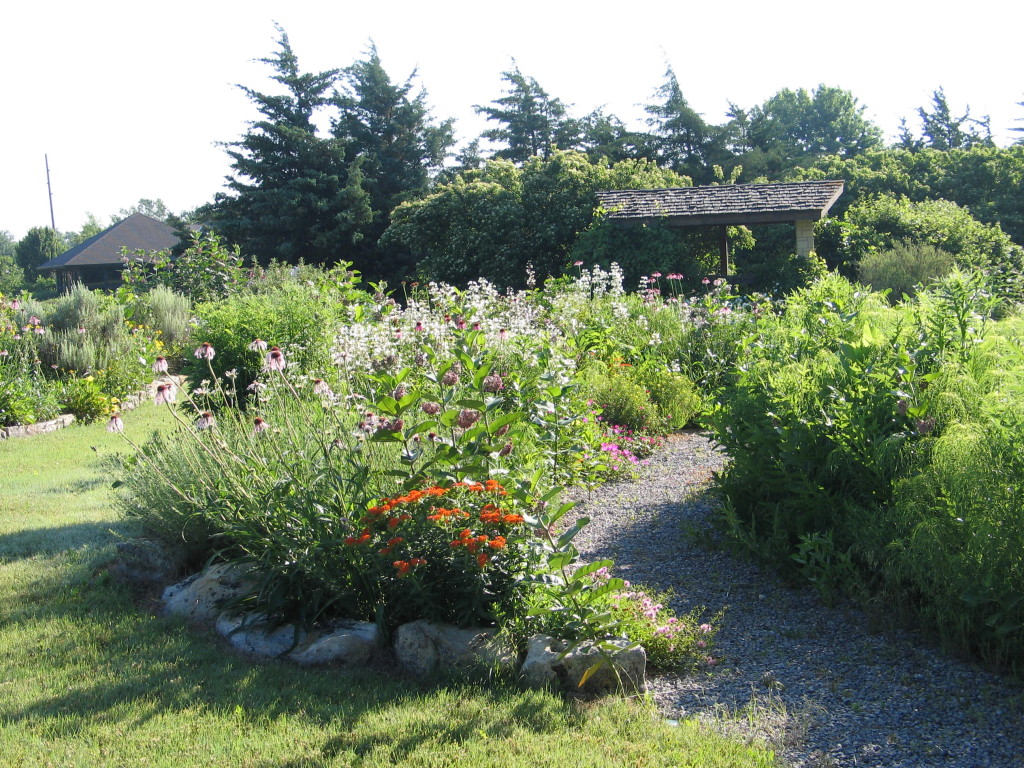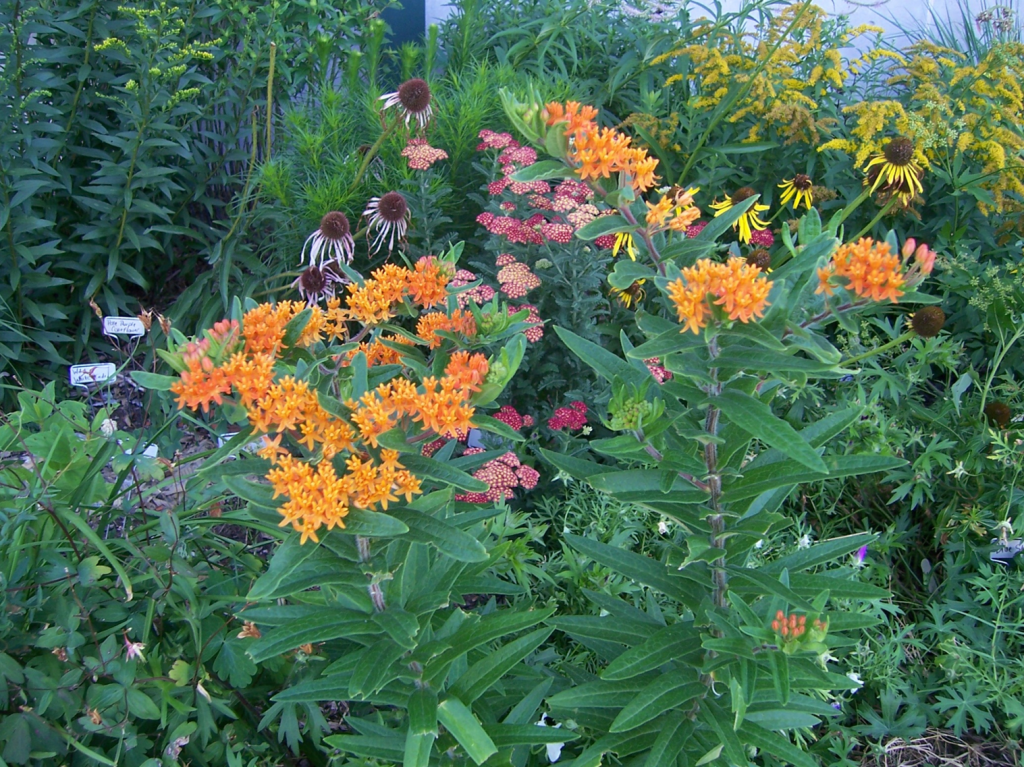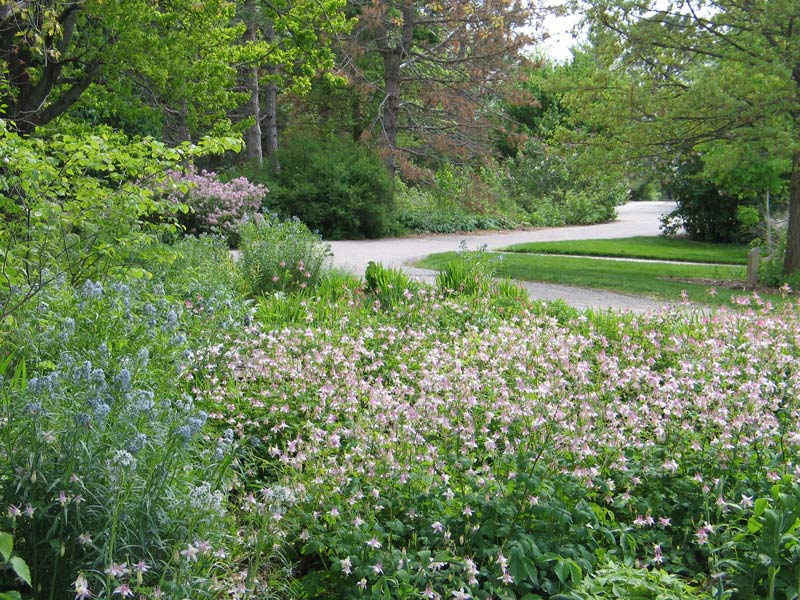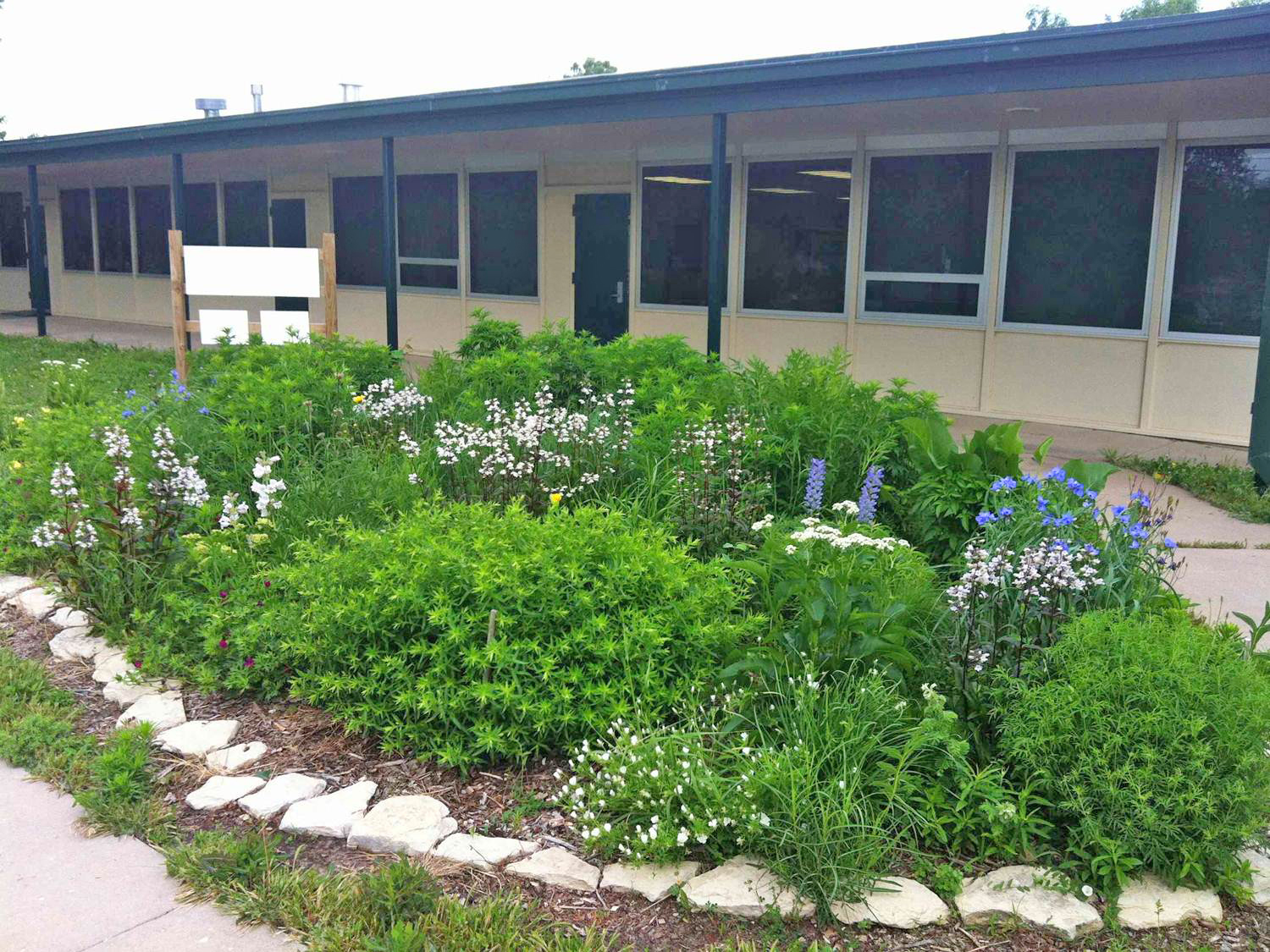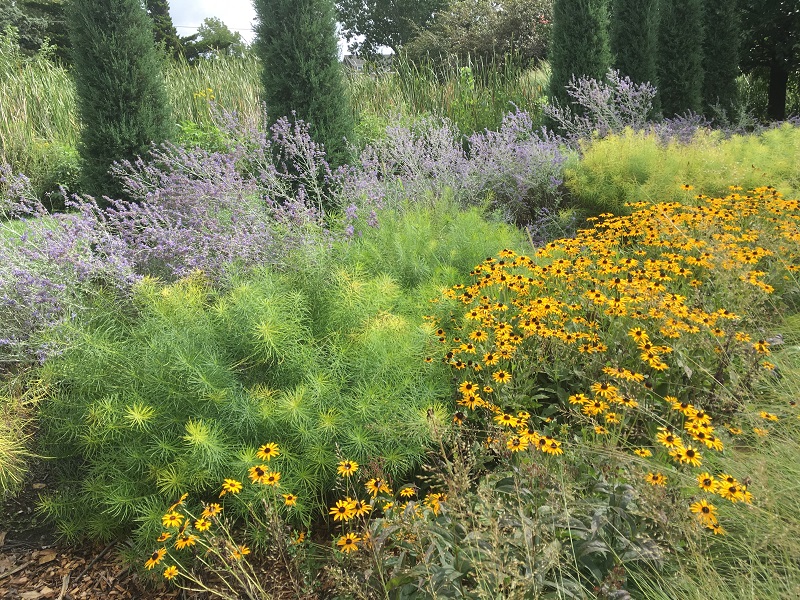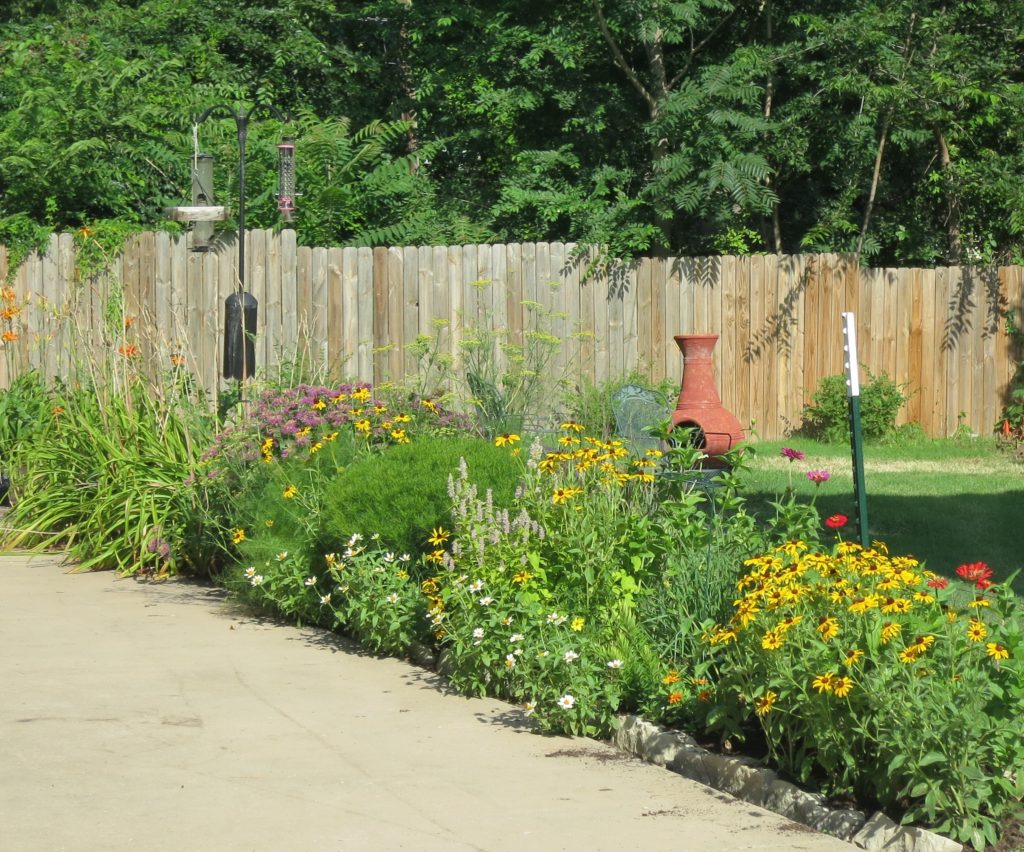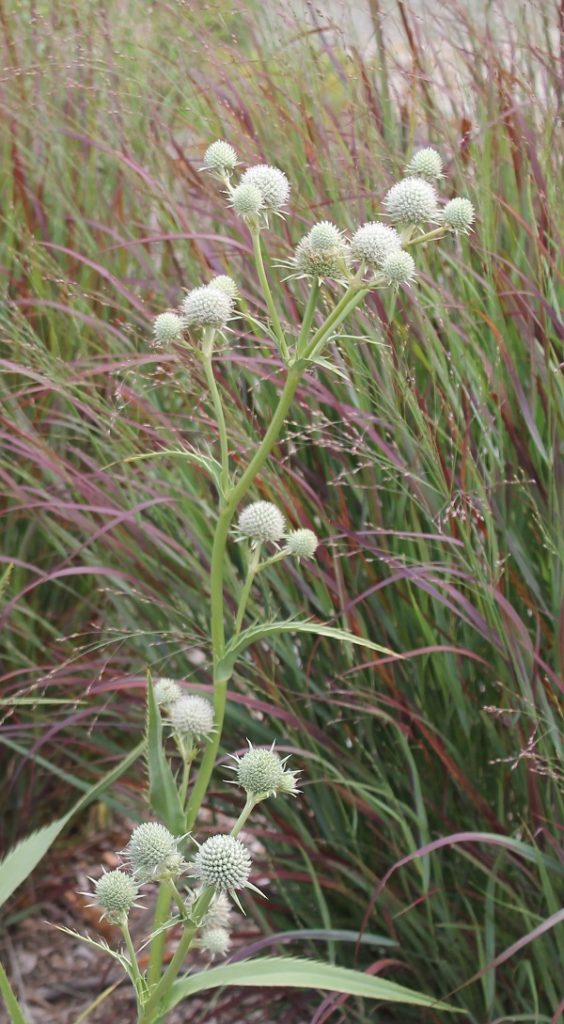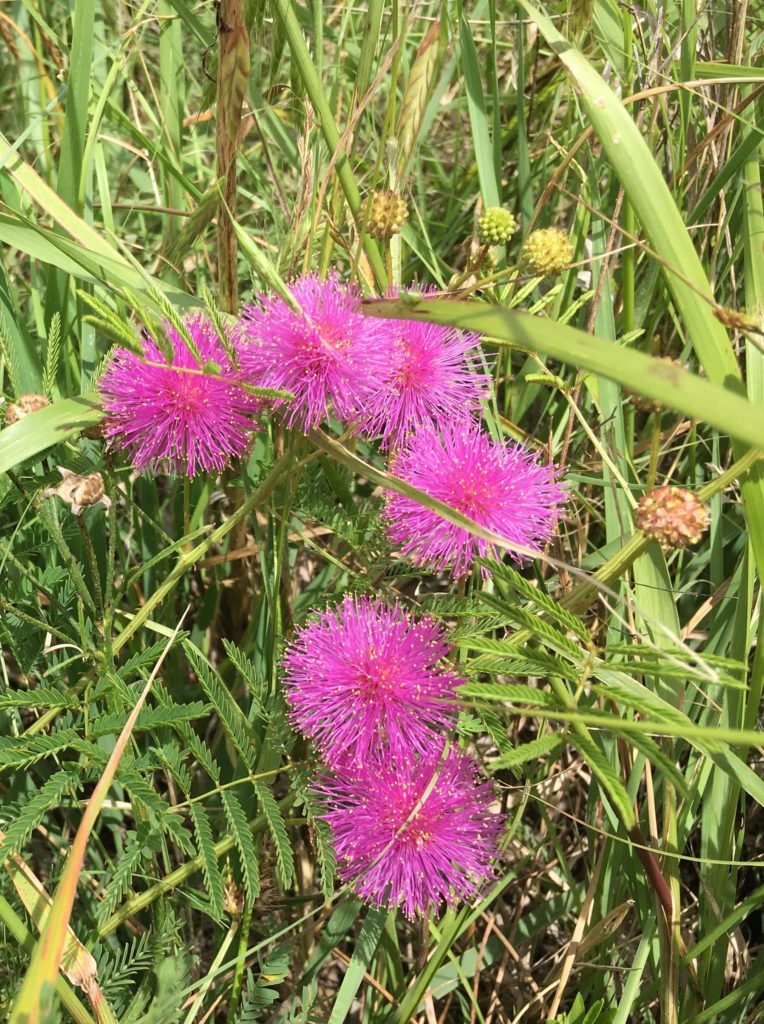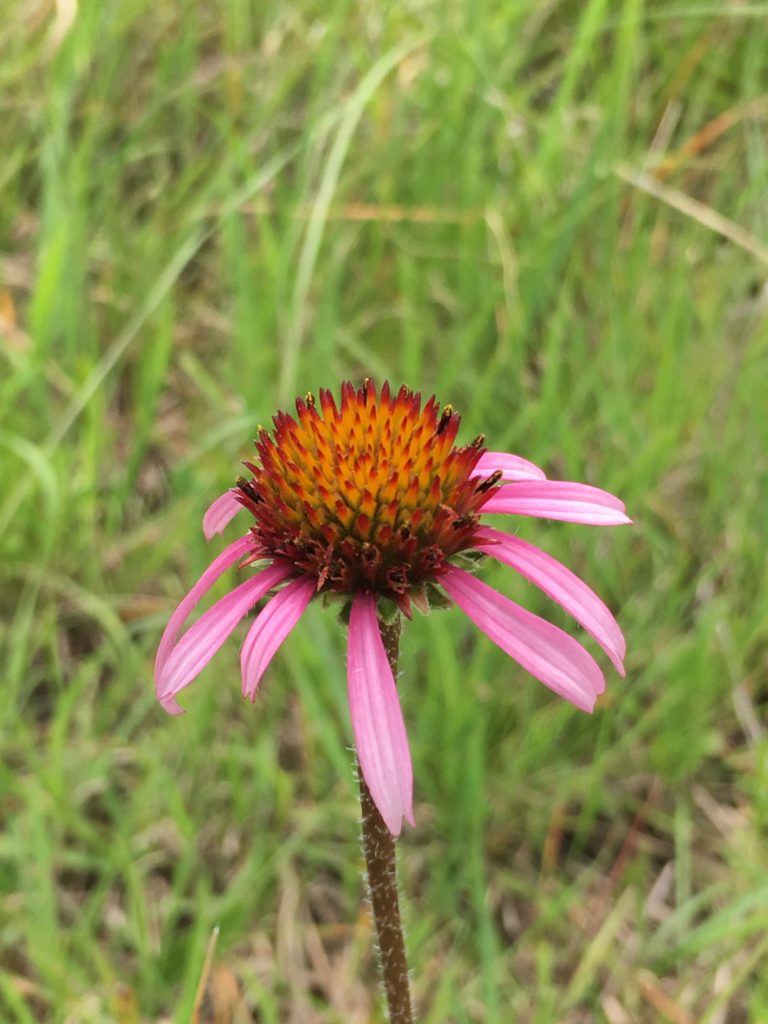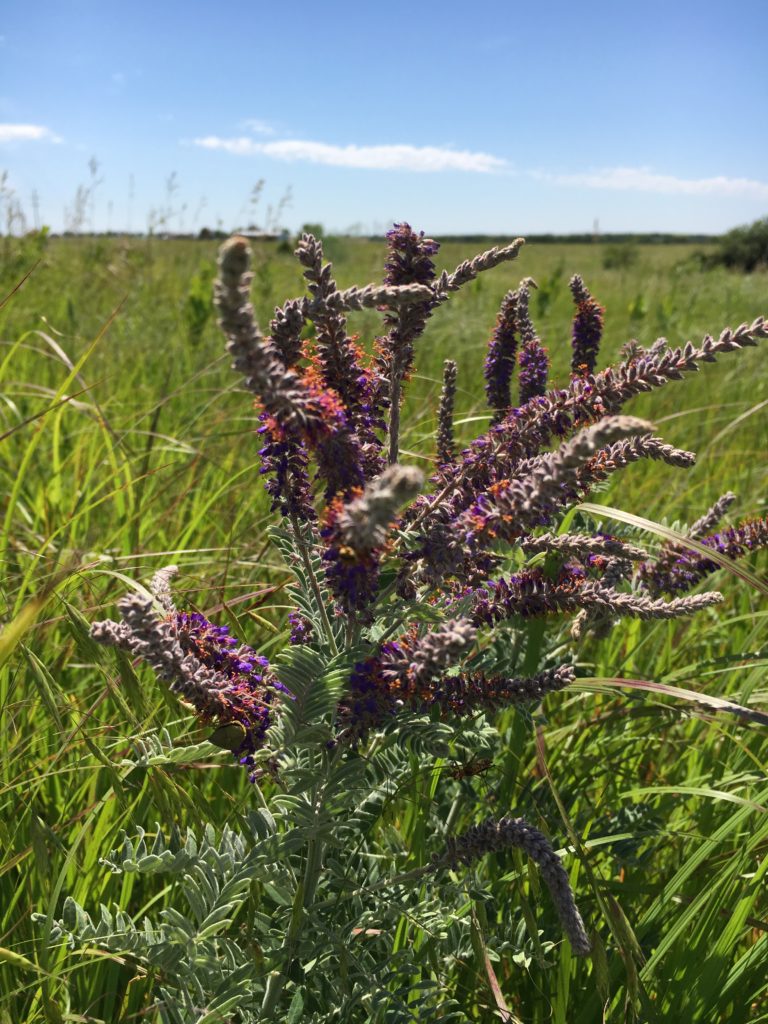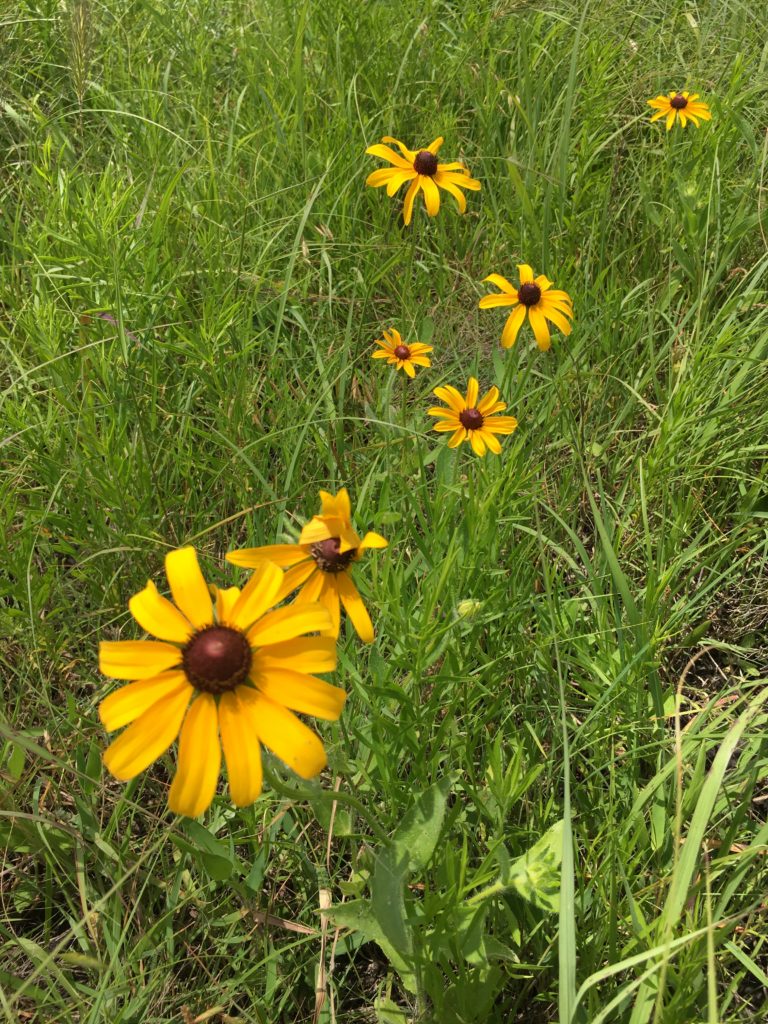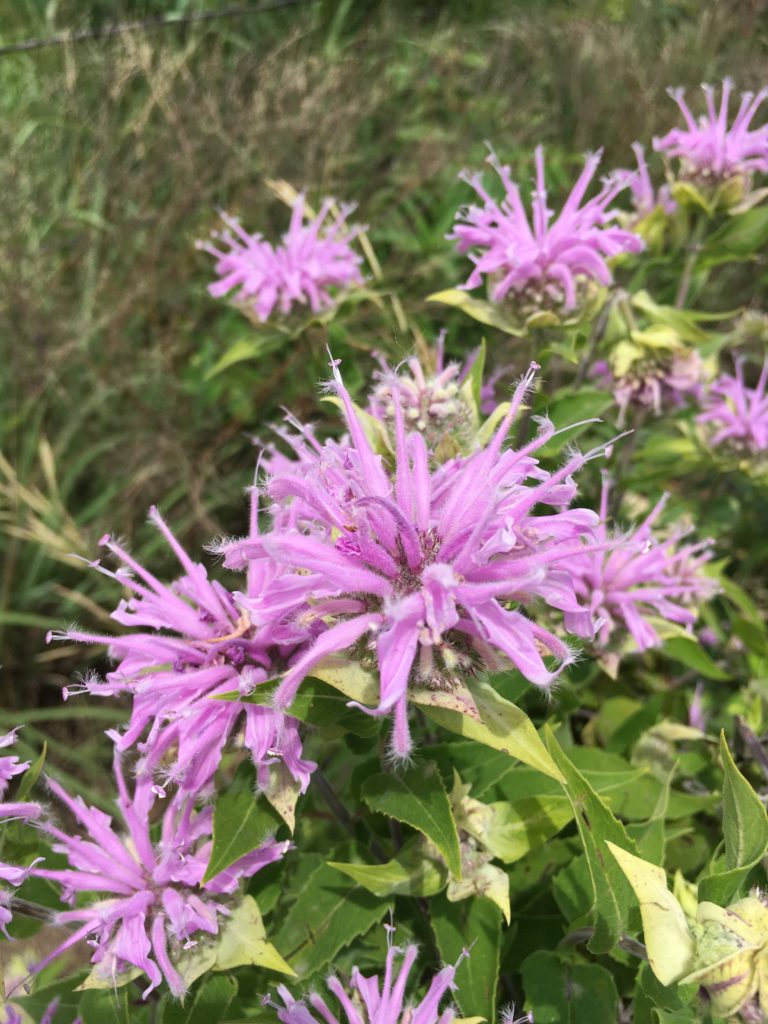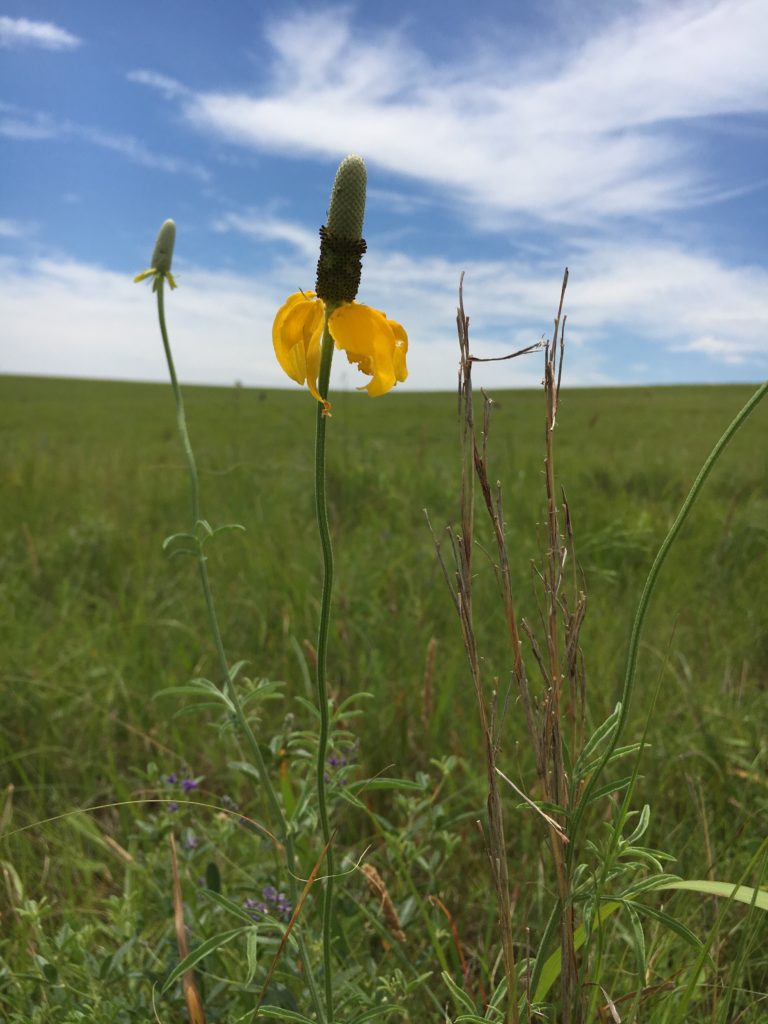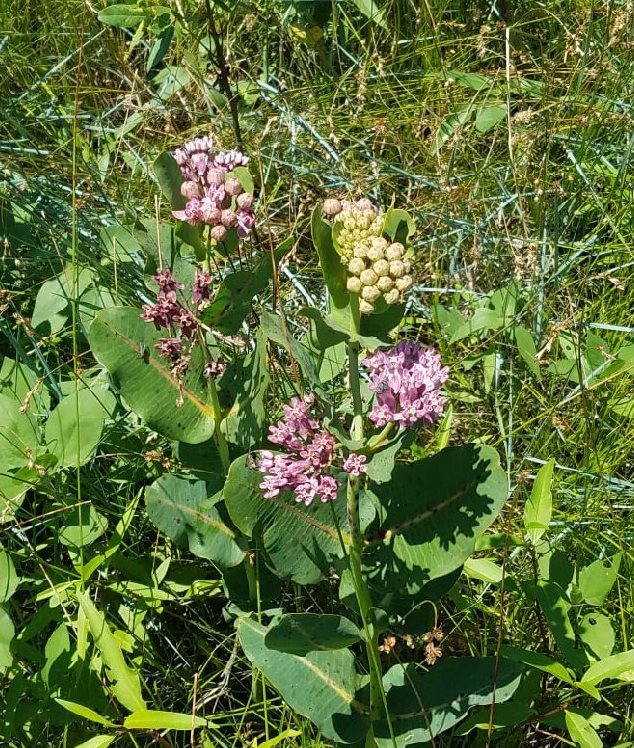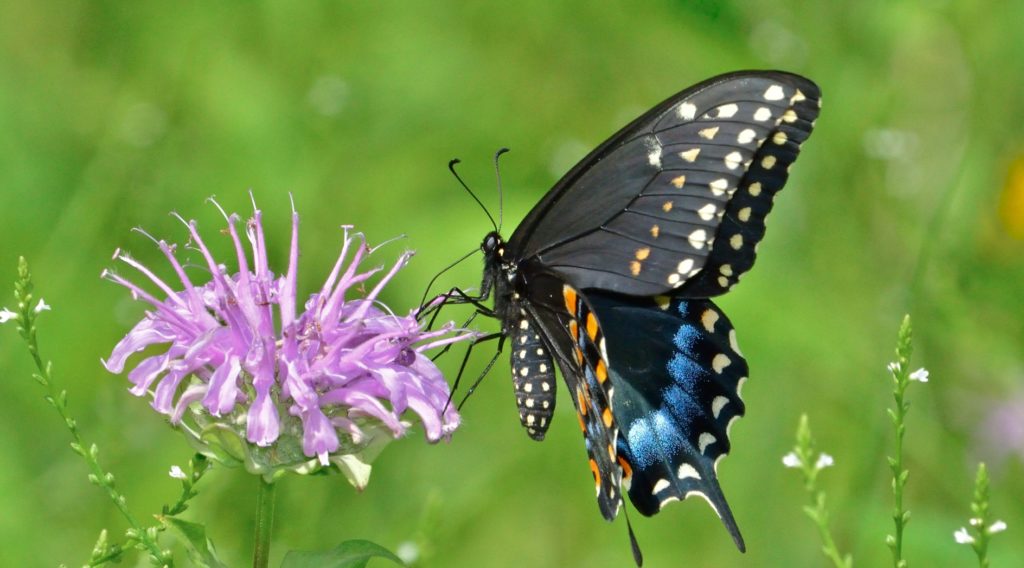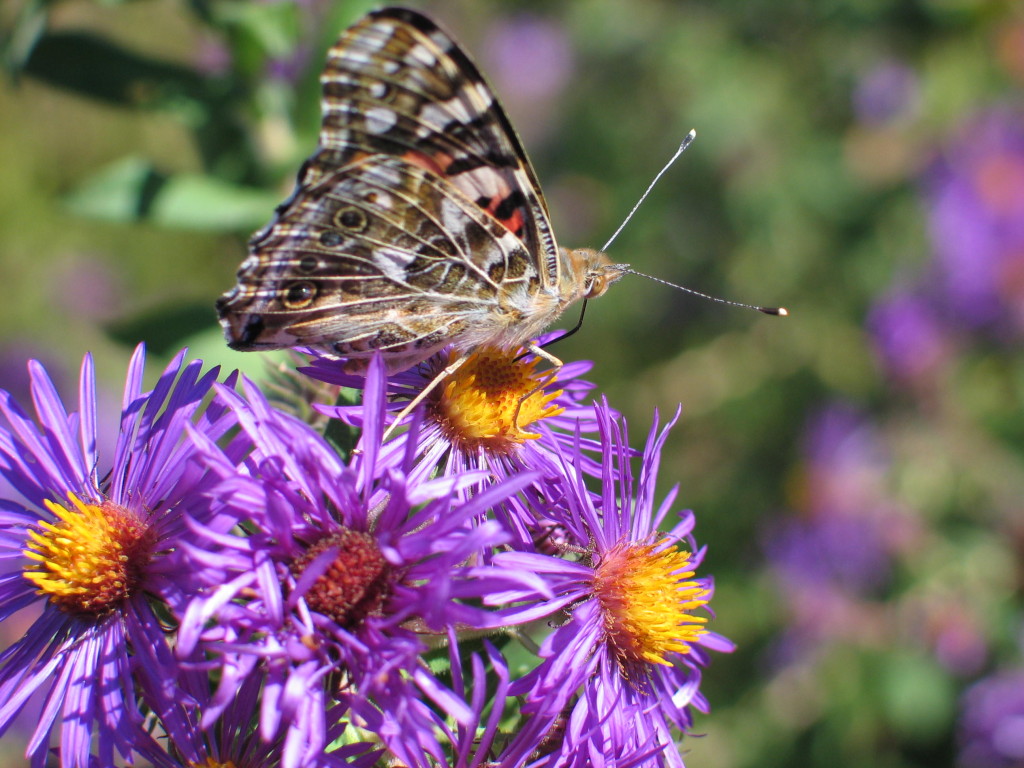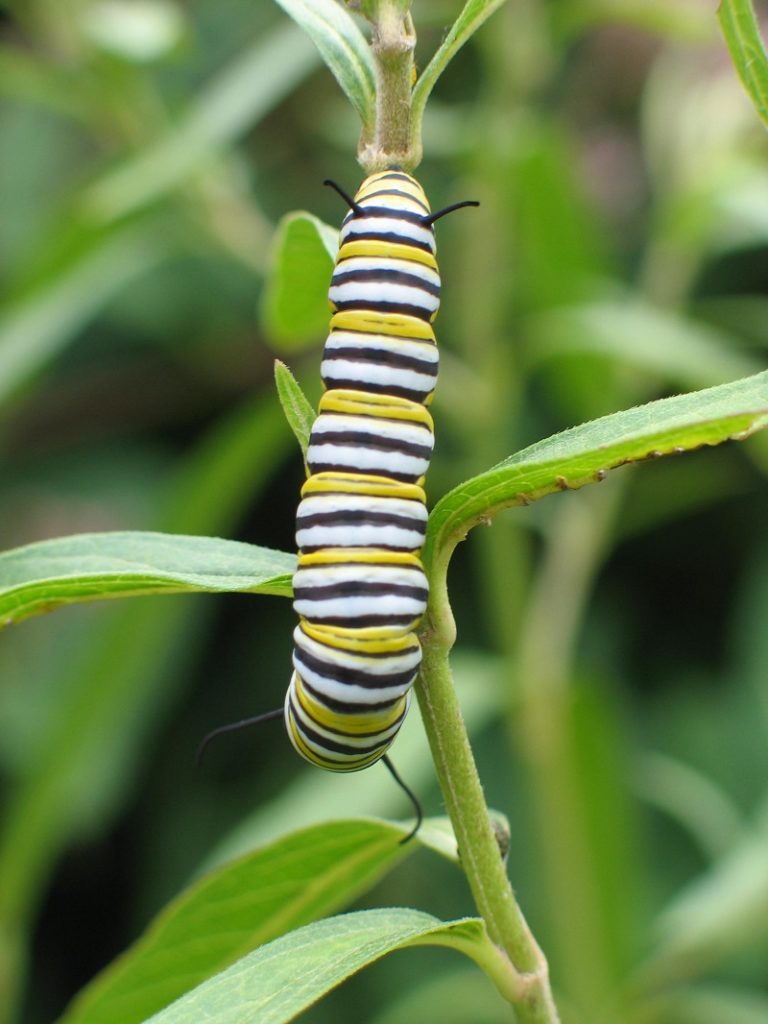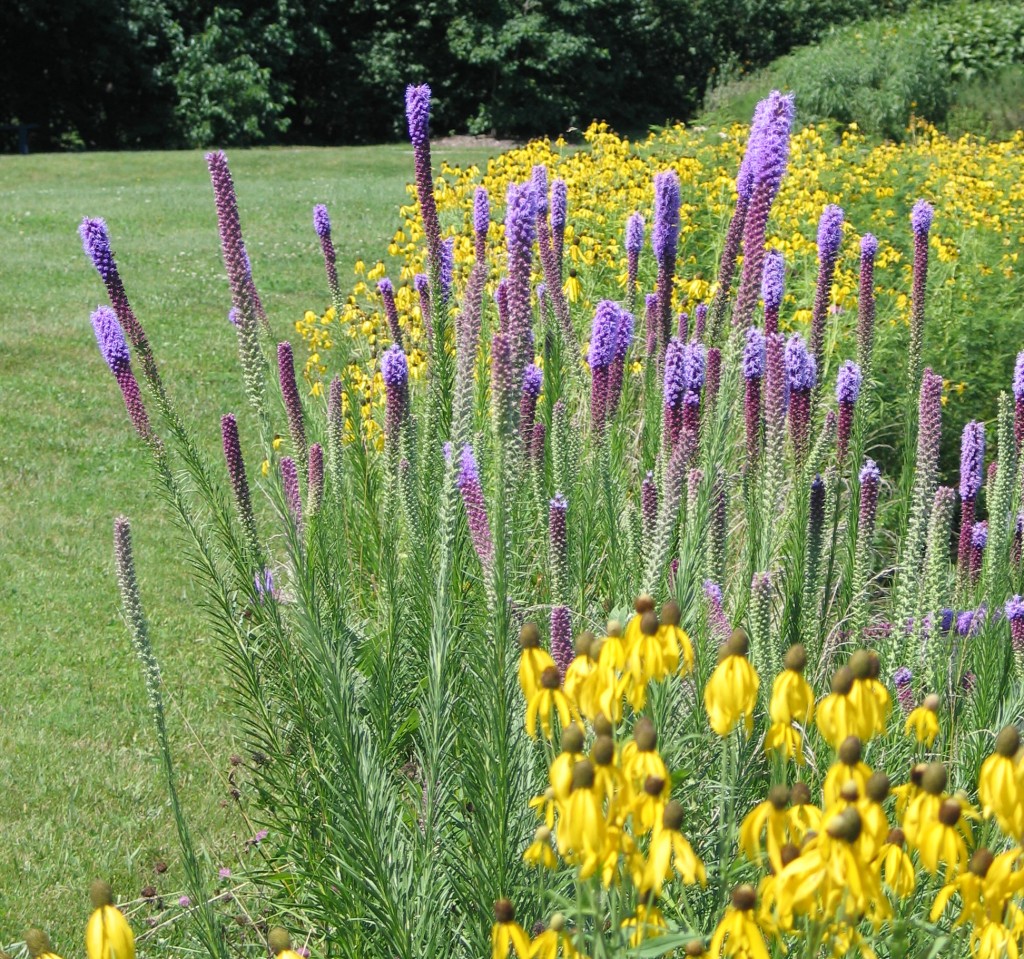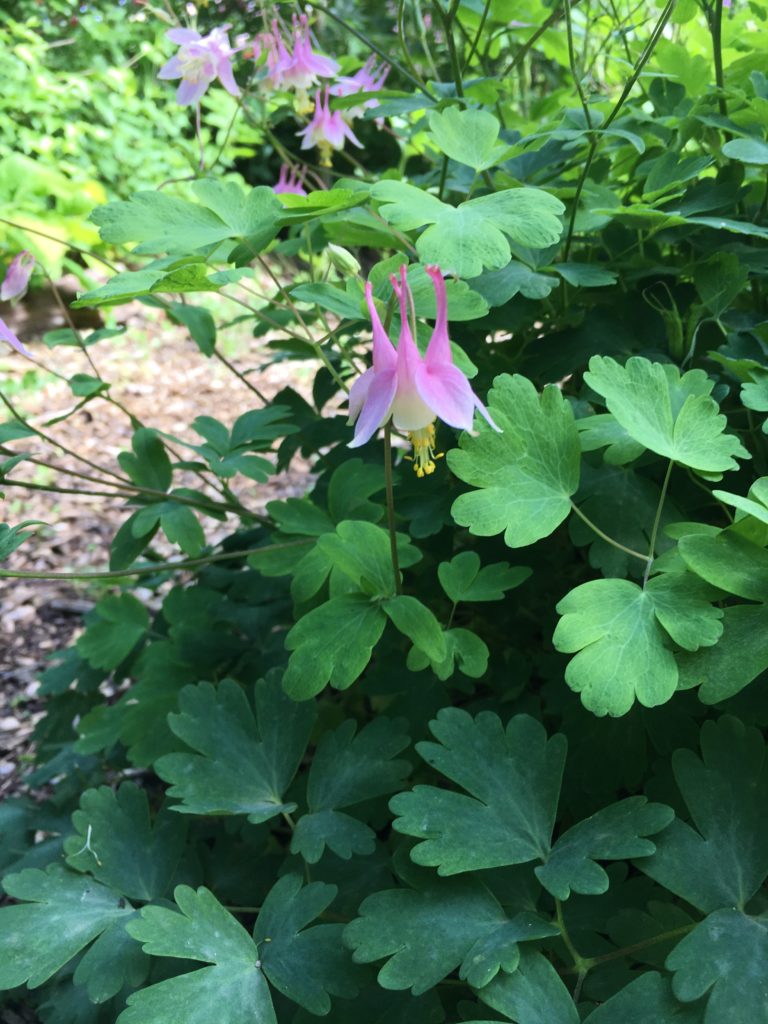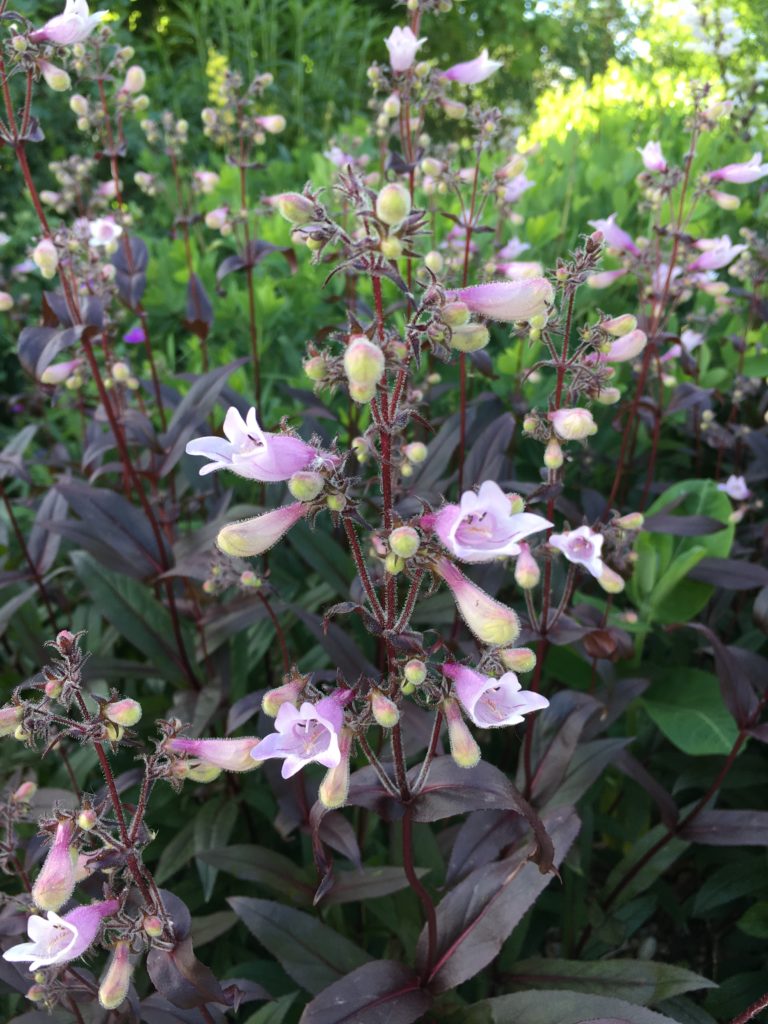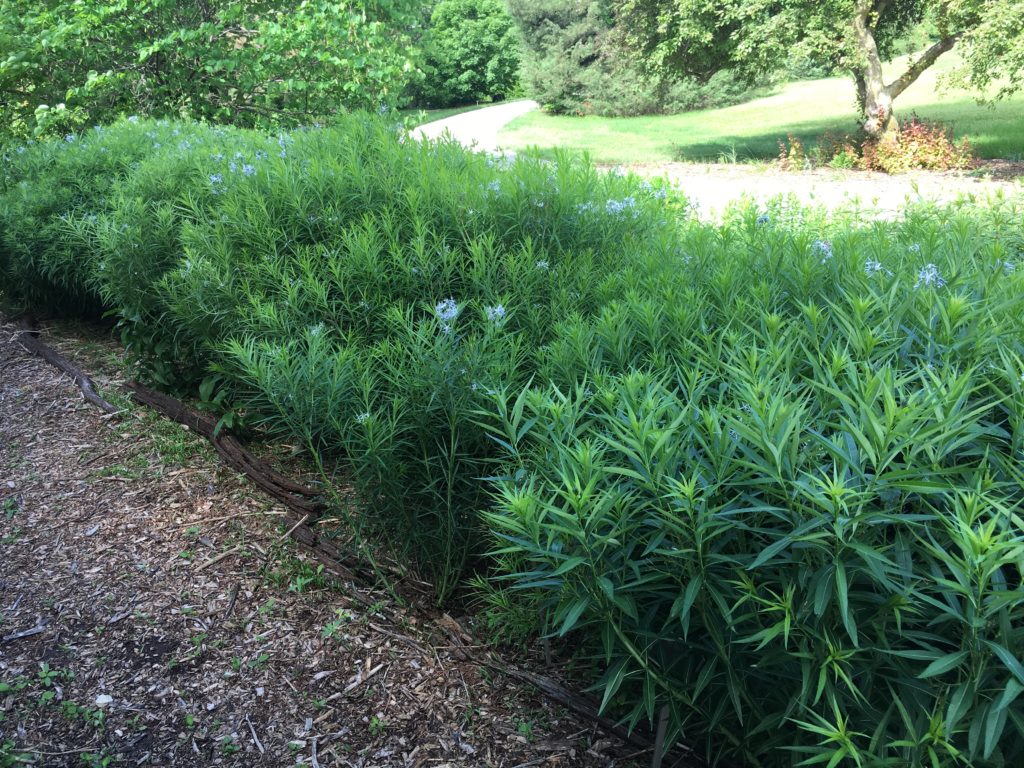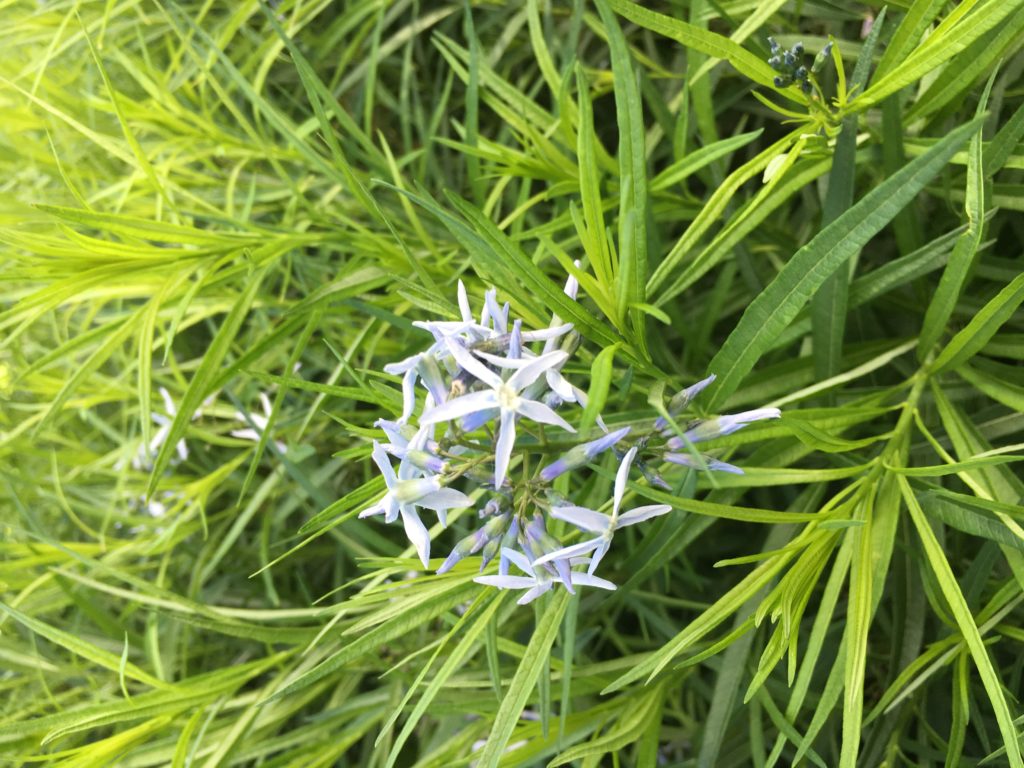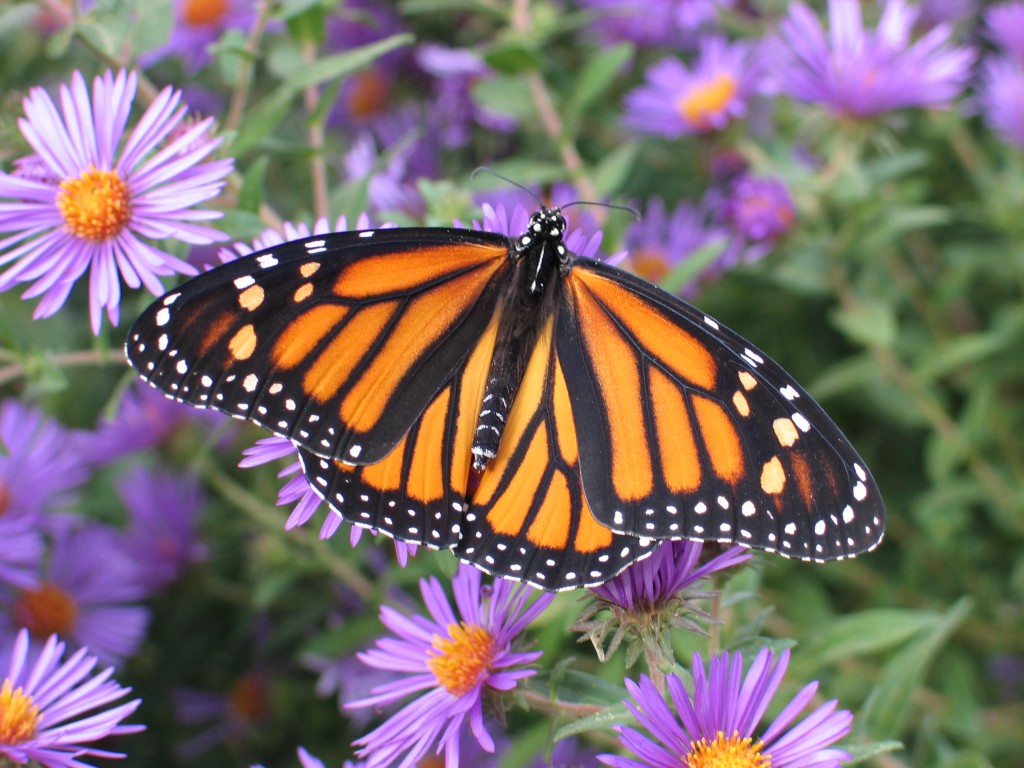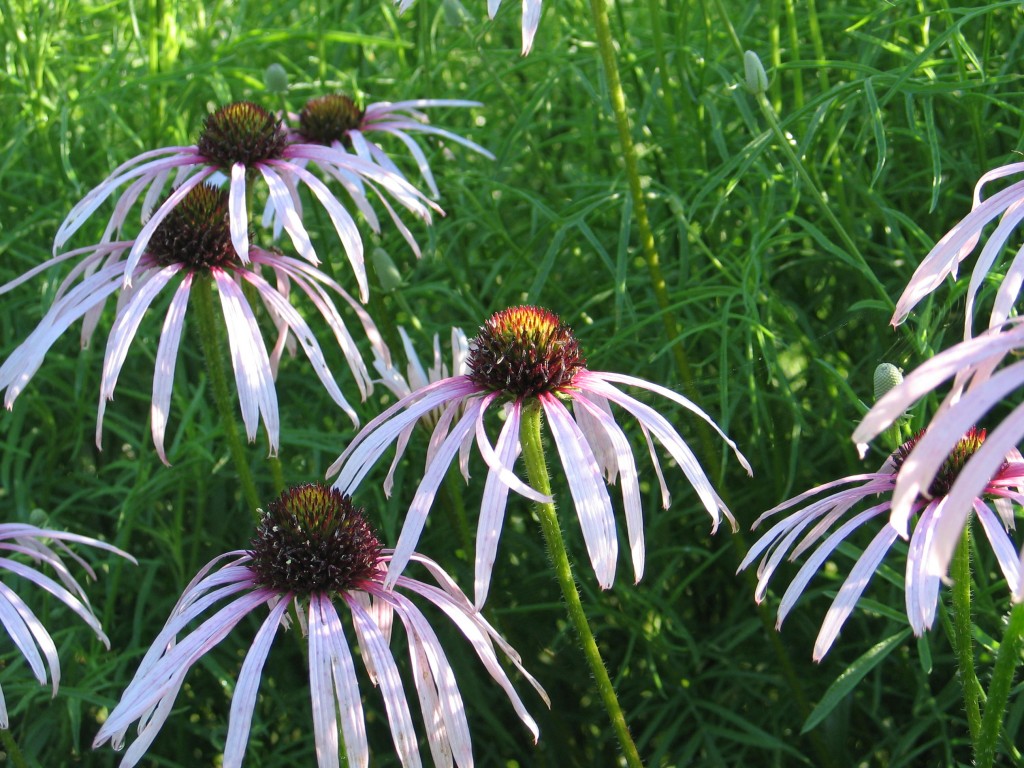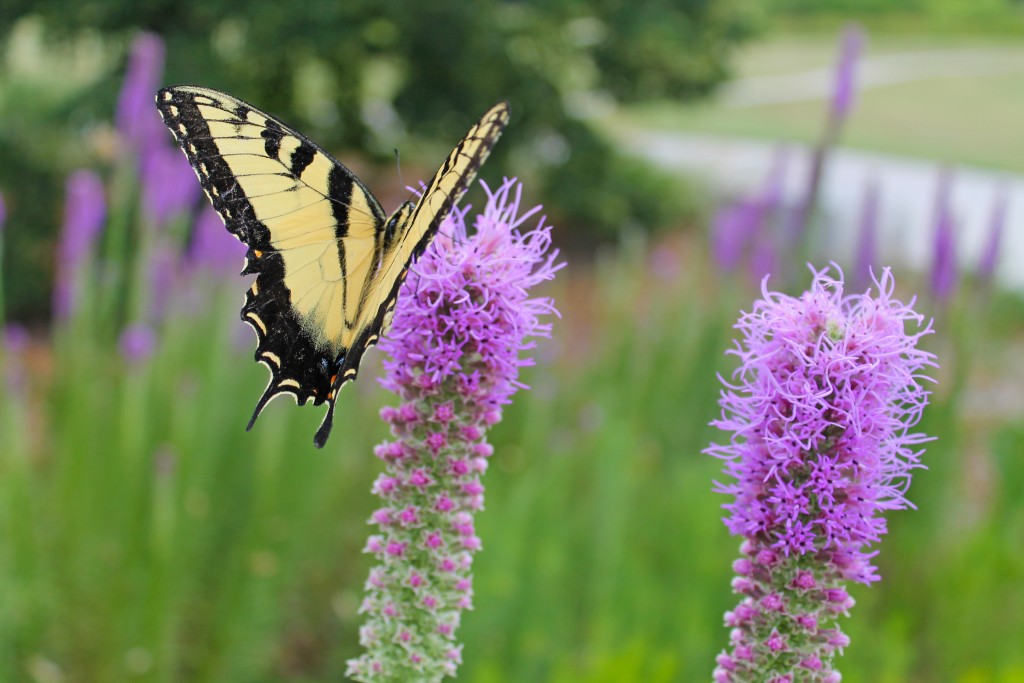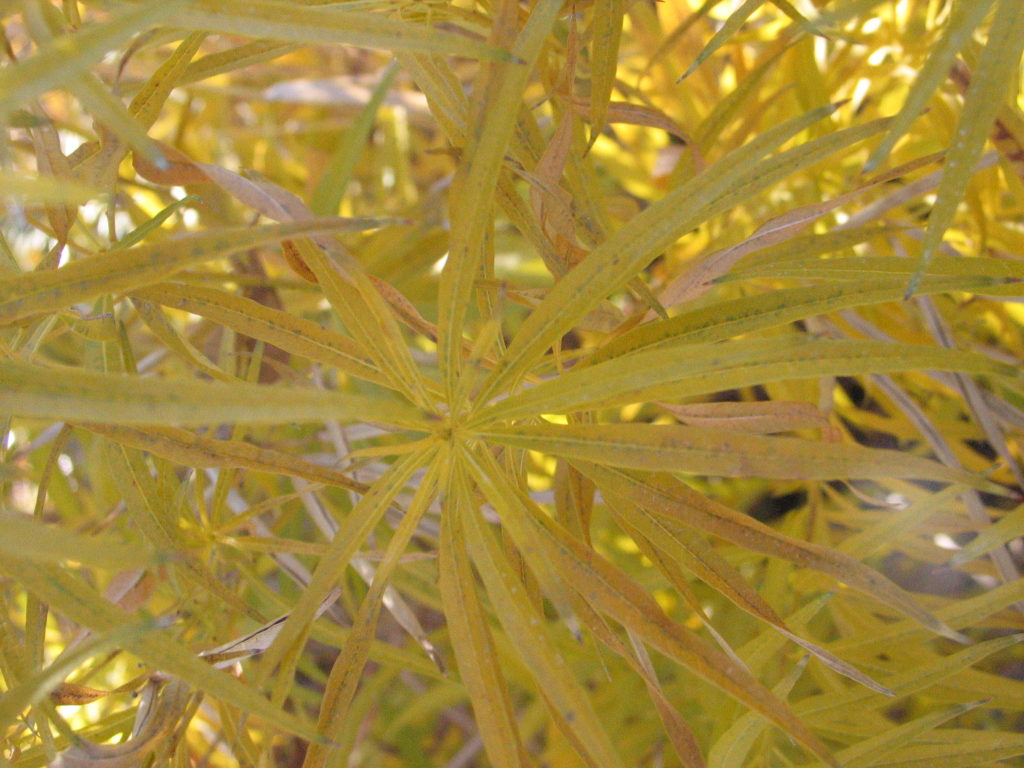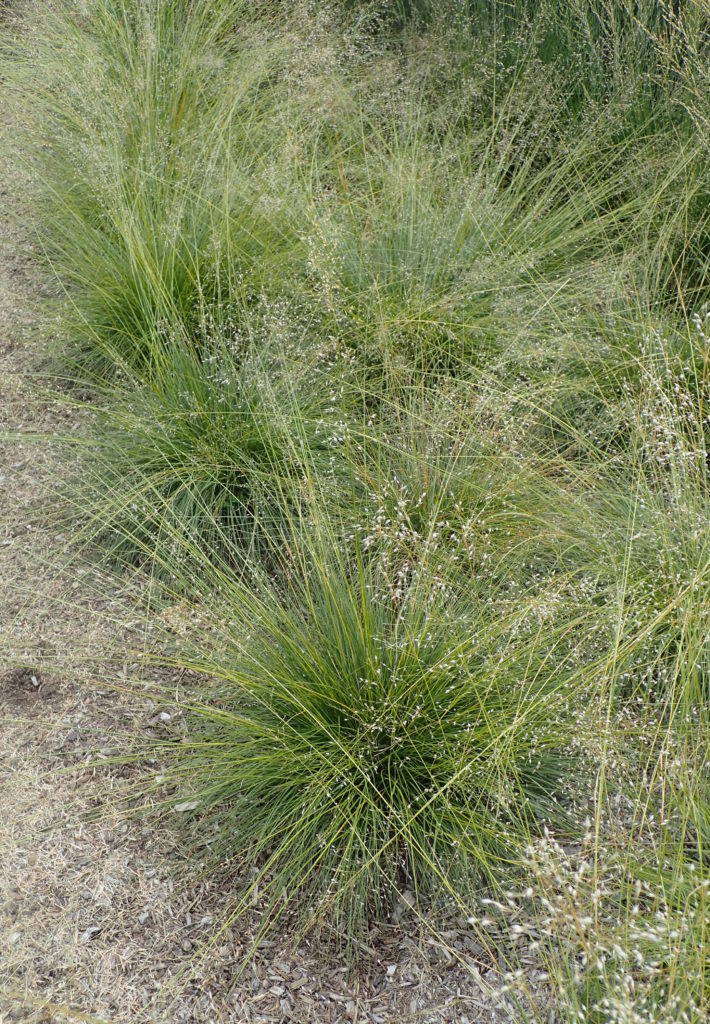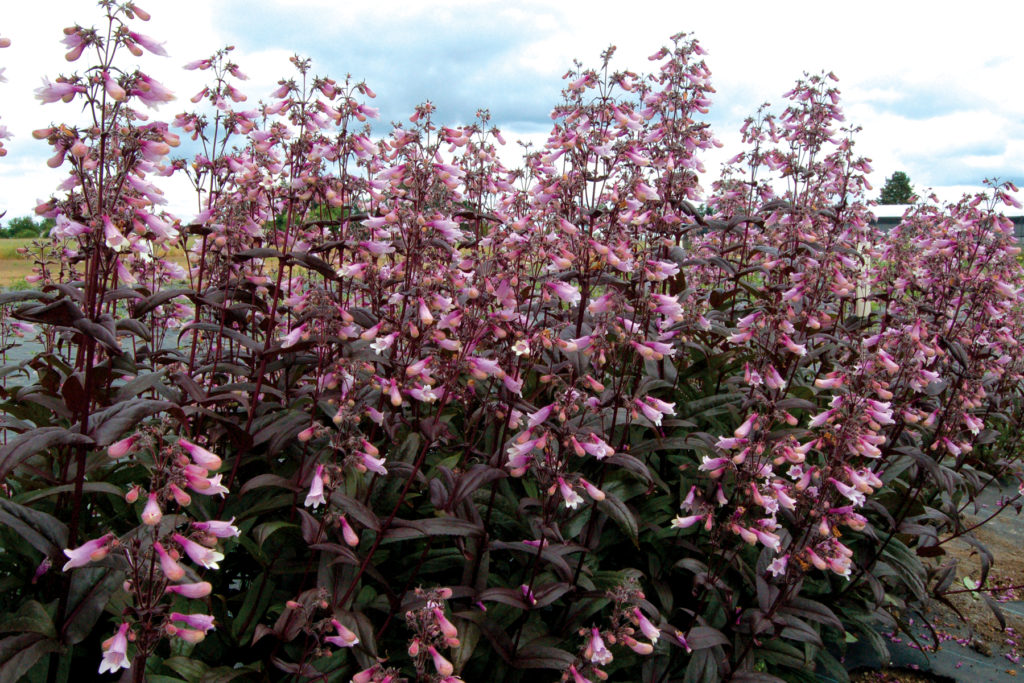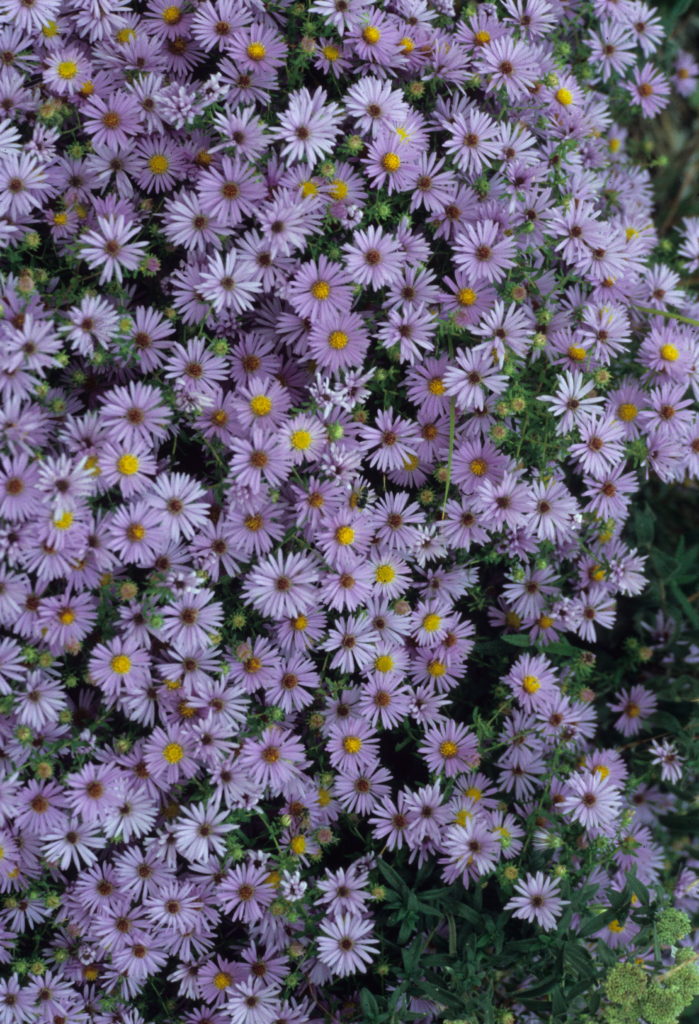One of my favorite past times during the fall season is watching pollinators work on the many wildflowers in bloom. This morning there were dozens of different pollinators crawling all over the white flowers of Tall Boneset (Eupatorium altissimum). It had everything from small flies to larger wasps to different bees and even a few butterflies. They were all living harmoniously together atop this one plant. It was fun to watch and listen.
That was one plant. Imagine how many plants are needed to sustain these pollinator populations. With documented losses of habitat nation wide and documented losses of milkweeds (host plants of the migrating monarchs), what should our strategy be to help the plight of pollinators?
It’s important to realize that we all need to participate and understand that the choices we make in our landscapes can make a difference. Yes, our landscapes can help pollinators no matter the size. This one boneset plant was found by dozens of pollinators. Sure – we will never replace the pristine prairies that once were here, but our smaller green spaces can still help support an abundance of wildlife.
Here are six ways you can help increase declining populations of pollinators, including bees and monarchs:
1. Plant Pollinator-Friendly Plants
It goes without saying that pollinators need blooming plants and the plants need the pollinators. Having a diverse set of native plants in your landscape will be a good start to attracting pollinators to your yard.
Certainly, milkweeds are the best wildflowers for attracting monarchs to your yard. We have seen several already migrating through on their way south, and some have been depositing eggs on our common milkweed plants. The wildflowers are the buffet these pollinators need for their survival. (Peruse our native plant list and sample landscape designs for some inspiration.)

2. Plant with a Succession of Blooms
I recommend planting wildflowers that bloom at different times of the year. A mixture of wildflowers coming into bloom and going out of bloom throughout the year provides a ready food source. This approach mimics the natural prairie and the changing seasons.
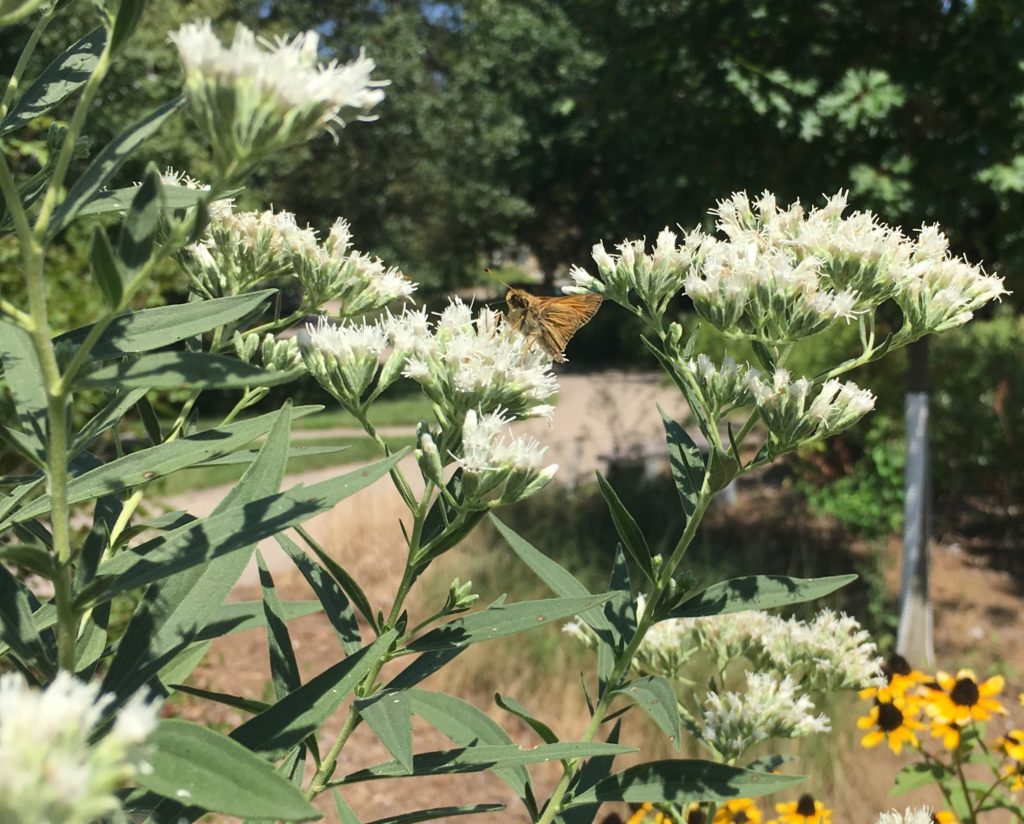
3. Create Habitat in your Yard
Layer trees and shrubs along with wildflowers and grasses. These plants provide shelter from the wind as well as nesting sites and food for birds, butterflies, and bees. I like to leave old logs and small brush piles so these pollinators can overwinter in my yard. Remember, even a small garden can have a tremendous impact.

4. Provide Water
We all need water for survival. Pollinators need it too. A clean source of water such as a birdbath, basin, or hollow stone is enough water for pollinators. These features also provide landing spots so that pollinators have a perch. Here are some great plants to complement your water feature.
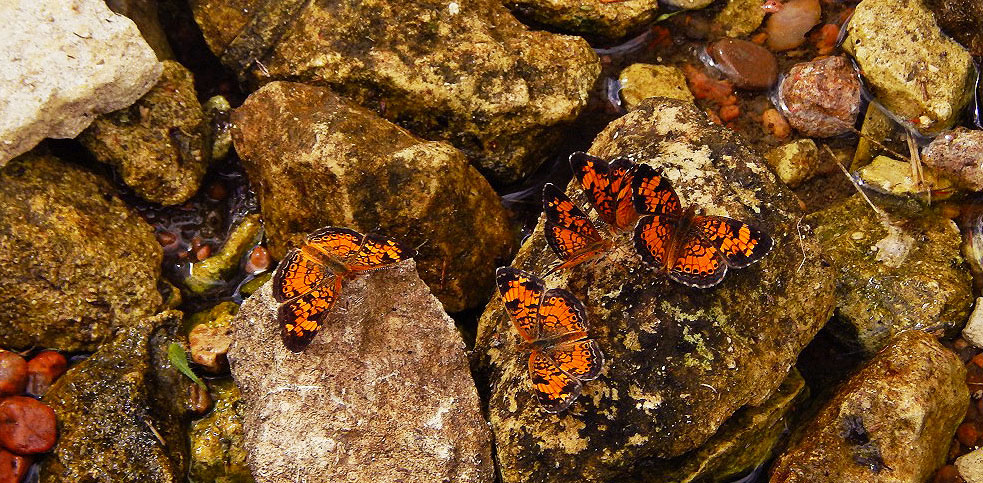
5. Reduce Chemicals
There is growing research on the detrimental effects chemicals have on pollinators. Any time we can reduce or eliminate the use of chemicals in the landscape, we are impacting wildlife in a positive way. Allow insects to control unwanted pests. Be willing to accept a few damaged plants, knowing that by not spraying you are saving much more in the long run.

6. Learn About the Plight of Endangered Pollinators
There is so much to learn about each type of pollinator. When are they out in the garden? What do they need to complete their life cycle? Where do they migrate or how do they overwinter? We have so much to learn about these important insects. (One good resource for this is this book, by Heather Holm, which we often carry in our gift shop. And, of course, MonarchWatch.org is a great resource.)
When it comes to supporting the life cycle of pollinators, you can be part of the solution. Native wildflowers are the best option to help them prosper. You will be amazed when you introduce just a handful of wildflowers to your landscape. If you plant them, pollinators will come.

